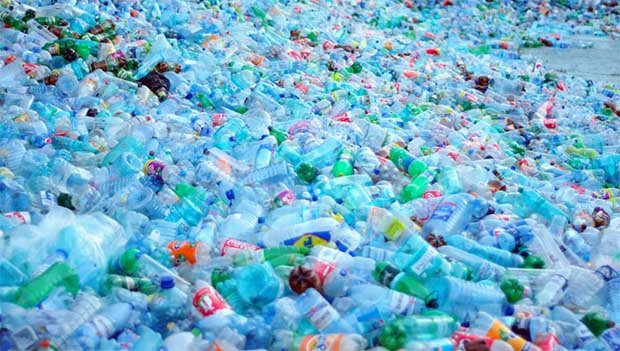Non-biodegradable waste is any type of waste that cannot be broken down by living organisms or cannot be composted. Biodegradable waste is anything, for instance, food scraps, paper, leaves, and wood pallets. These items can be broken down by living organisms or be composted, which means they can be turned into the soil after some period of time.
All non-biodegradable waste examples, including plastic cups, straws, and plastic bags, need to be disposed of properly. These items should never be thrown in the trash or litter the ground. The guide below outlines the various methods available for managing non-biodegradable waste and how they should be managed effectively.
There are many benefits derived from the proper management of non-biodegradable waste, which includes the environment being saved from contentious substances and pollution. If not properly managed, this waste frequently ends up in landfills or oceans, where it can cause serious problems such as pollution and the depletion of natural resources.
Also, most non-biodegradable waste is recyclable and can be repurposed, which can help reduce the amount of waste produced in the environment. Besides, most countries are encouraging the reduction of non-biodegradable waste by placing a ban on it. For instance, plastic bag production is banned in most countries.
Read Also: Complete Biodegradable Waste Management Guide
There are different ways to effectively manage non-biodegradable waste. However, it is the most difficult and challenging type of waste to manage. In this article, we will discuss the various ways in which this waste can be properly managed. Here are the complete methods of the non-biodegradable waste management guide you should know about.
Before any of these methods of managing non-biodegradable waste can be used, the first step in managing non-biodegradable waste is to identify the type of waste available. Is it usable or recyclable? There are many different types of non-biodegradable waste, and each type has its own unique characteristics.
Once the type of waste has been identified, the next step is to determine the best management approach for that particular type of waste. This is the best management approach you can use to dispose of this waste properly.
Incineration
Incineration of non-biodegradable waste involves burning it at a very high temperature so that it breaks down into its parts or burning it down till it loses its value. The resulting ash is then typically disposed of in a landfill or buried in the ground.
Incineration of non-biodegradable waste is one of the best ways non-biodegradable waste can be properly managed. However, there are procedures involved when trying to incinerate this waste.
The procedures involved when trying to incinerate non-biodegradable waste are not that difficult. Firstly, you should make sure that the waste does not contain valuable materials. That is, the waste can not be recycled or reused in any way.
Secondly, you should make sure that the waste will not disturb the neighborhood by releasing harmful substances into the atmosphere.
Read Also: Ways to Make Money from Biodegradable Waste Materials
Non-biodegradable materials, such as plastic, emit toxic substances into the atmosphere; therefore, recycling plastic materials is preferable to incinerating or burying them in a landfill.
Recycling
Recycling is also a common method of non-biodegradable waste management.
This involves sorting the waste into different material types and then processing each type accordingly, using them to create a new product. However, it is a very effective way to reduce the amount of waste that ends up in landfills.
When it comes to recycling non-biodegradable waste, there are a variety of ways involved in this process, so here we will discuss in a few words how these processes are done.
Firstly, this waste has to be collected from different locations. This is because if they are not collected, there won’t be any waste for recycling.
Secondly, the waste is identified and sorted out into its types. Instead, plastic bags cannot be recycled with glass, and for them to be recycled, they have to be sorted out into their types, colours, and quality.
Thirdly, they are cleaned to avoid disruption during the recycling process, which leads us to our final stage, molding the waste into a new product.
These are the processes involved in the recycling of non-biodegradable waste. But most recycling companies have their own methods or procedures used when recycling.
However, if you are an individual interested in recycling your non-biodegradable waste, there are chances you will not be able to do it yourself, which means you have to donate it to a recycling company. Most recycling companies pay for donations, while some don’t.
Read Also: 20 Amazing Health Benefits of Scent leaf (Ocimum gratissimum)

